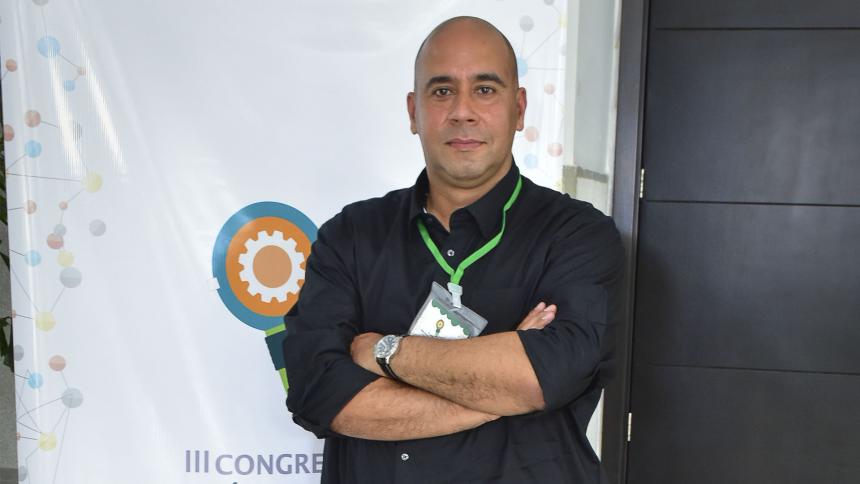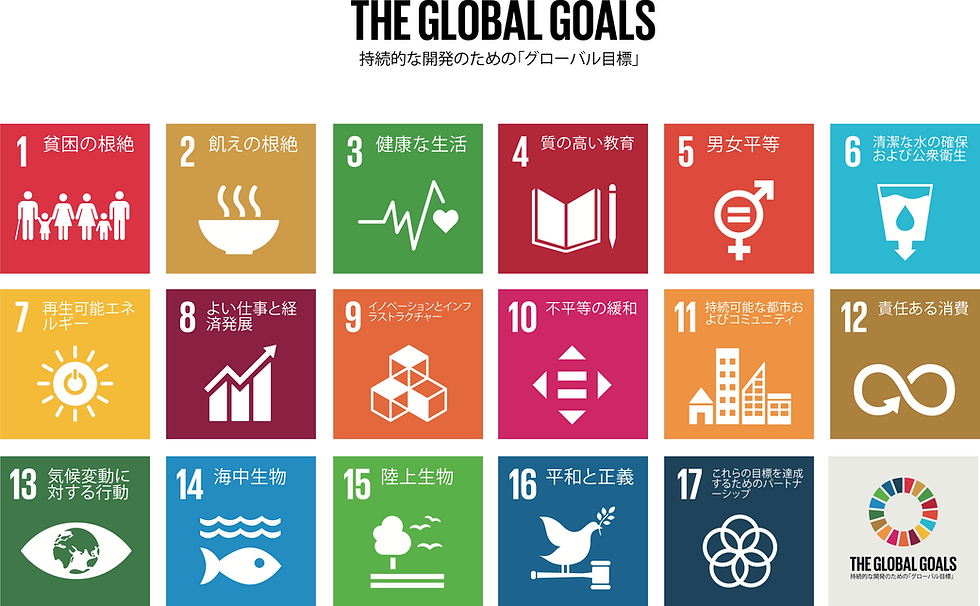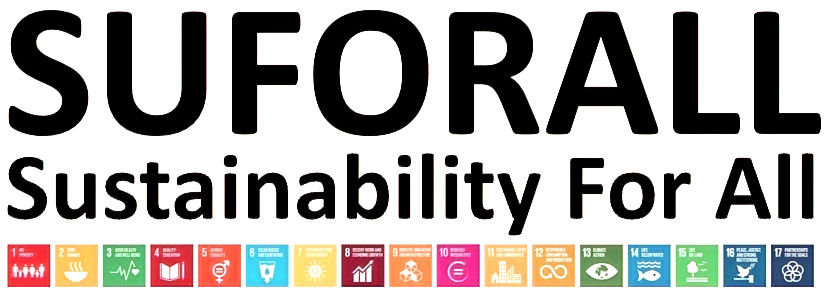What is sustainable development, sustainability, and the SDGs
- Javier Trespalacios

- Aug 31
- 5 min read
Updated: Sep 12
In a world with limited natural resources and a constantly growing population, sustainable development emerges as a guiding compass for political, economic, and social decisions. Its purpose is to meet the needs of the present without compromising the opportunities of future generations.
What is sustainable development?
Sustainable development is a model of progress that balances three fundamental elements: economic growth, environmental protection, and social well-being. The term emerged in 1987 with the Brundtland Report, prepared by the United Nations World Commission on Environment and Development, where it was defined as: "development that meets the needs of the present without compromising the ability of future generations to meet their own needs" (UN, 1987).
This approach recognizes that economic growth cannot be achieved at the expense of depleting natural resources or generating social inequality. It involves thinking long-term and planning responsibly to ensure the quality of life for people and the planet.
The Three Pillars of Sustainable Development
Sustainable development is based on three interconnected dimensions, known as the "triple bottom line":
Environmental Dimension: Protects and preserves natural ecosystems, biodiversity, and the planet's resources, minimizing the impact of human activities on the environment.
Social Dimension: Promotes just and inclusive societies where all people have access to basic services such as education, health, decent housing, and decent work, respecting human rights and cultural diversity.
Economic Dimension: Generates wealth equitably and efficiently, fostering lasting economic growth that does not deplete natural resources or deepen inequalities.
The three pillars of sustainable development are economic, social, and environmental
What is Sustainability?
Sustainability is the capacity of a system—whether natural, social, or economic—to maintain itself over time without depleting its resources or deteriorating the environment. It is based on a way of thinking and acting that seeks balance between human well-being, environmental care, and economic viability. Five essential principles guide its application:
Long-term vision: Decisions consider future impacts, not just immediate benefits.
Interconnection: Economic, social, and environmental systems are intrinsically related.
Intergenerational equity: Future generations must have the same opportunities as current ones.
Precautionary principle: Preventive measures are adopted against possible environmental damage.
Inclusive participation: All relevant actors participate in decision-making.
Sustainability is the guiding principle, and sustainable development constitutes the practical strategy to achieve it through concrete policies, actions, and transformations.
Everyday examples of sustainability:
Using a bicycle to go to work: Reduces emissions, improves health, and decreases transportation expenses.
Reusable bag instead of plastic: Avoids waste, protects the environment, and is more economical in the long term.
The Sustainable Development Goals (SDGs)
In 2015, the 193 member states of the United Nations adopted the 2030 Agenda for Sustainable Development, which includes 17 Sustainable Development Goals (SDGs).
17 Sustainable Development Goals (SDGs)
These goals constitute a universal call to end poverty, protect the planet, and ensure that all people enjoy peace and prosperity by 2030. They cover the following themes:
No Poverty: End poverty in all its forms everywhere.
Zero Hunger: End hunger, achieve food security, and improve nutrition.
Good Health and Well-being: Ensure healthy lives and promote well-being for all at all ages.
Quality Education: Ensure inclusive and equitable quality education, promoting lifelong learning opportunities for all.
Gender Equality: Achieve gender equality and empower all women and girls.
Clean Water and Sanitation: Ensure availability and sustainable management of water and sanitation for all.
Affordable and Clean Energy: Ensure access to affordable, reliable, sustainable, and modern energy for all.
Decent Work and Economic Growth: Promote sustained, inclusive and sustainable economic growth, full and productive employment and decent work for all.
Industry, Innovation and Infrastructure: Build resilient infrastructure, promote inclusive and sustainable industrialization, and foster innovation.
Reduced Inequalities: Reduce inequality within and among countries.
Sustainable Cities and Communities: Make cities and human settlements inclusive, safe, resilient, and sustainable.
Responsible Consumption and Production: Ensure sustainable consumption and production patterns.
Climate Action: Take urgent action to combat climate change and its impacts.
Life Below Water: Conserve and sustainably use the oceans, seas, and marine resources for sustainable development.
Life on Land: Protect, restore, and promote sustainable use of terrestrial ecosystems, sustainably manage forests, combat desertification, halt and reverse land degradation, and halt biodiversity loss.
Peace, Justice and Strong Institutions: Promote peaceful and inclusive societies for sustainable development, provide access to justice for al,l and build effective, accountable and inclusive institutions at all levels.
Partnerships for the Goals: Strengthen the means of implementation and revitalize the global partnership for sustainable development.
Fundamental Characteristics of the SDGs
The Sustainable Development Goals reflect a global ambition with a comprehensive scope. They are universal, applying to both developed and developing countries, recognizing that environmental, social, and economic challenges are shared by all humanity. Additionally, they are integrated, as each goal is interconnected with the others and cannot be addressed in isolation.
The SDGs are also transformative, seeking to drive profound changes in the models of production, consumption, and development that have prevailed until now. Finally, they are inclusive, guided by the principle of "leave no one behind," prioritizing equity and ensuring that the benefits of development reach all people without discrimination.
These goals are universal and seek to have all countries adopt policies and actions to advance toward them before 2030.
How are the SDGs applied?
The implementation of the Sustainable Development Goals requires coordinated actions at multiple levels:
Governments: designing laws, action plans, and public policies aligned with the SDGs (for example, national renewable energy plans or social inclusion programs).
Companies: adopting corporate social responsibility practices, reducing emissions, managing waste, or promoting gender equality in the workplace.
Cities and communities: promoting sustainable mobility projects, recycling, clean energy, or urban agriculture.
Citizens: they contribute through daily actions such as saving energy, consuming responsibly, reducing plastic use, using public transportation, or supporting sustainable initiatives in their communities.
Each action, however small it may seem, contributes to the greater goal of creating a more just, prosperous, and environmentally balanced world.
Sustainable development is not a destination, but a path we must travel with determination, innovation, and solidarity to build the future we want to bequeath to future generations.
Conclusion
Sustainable development and sustainability are not just theoretical concepts, but a practical guide for building a more just and balanced future. The SDGs offer a concrete and measurable framework for guiding collective and individual actions. Their success depends on cooperation between governments, companies, communities, and citizens.
















Comments